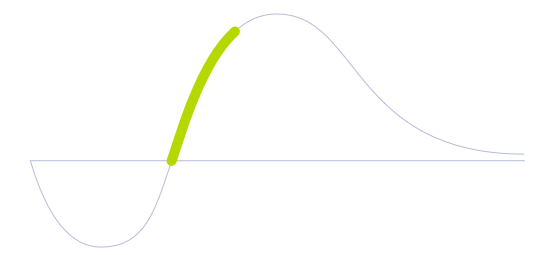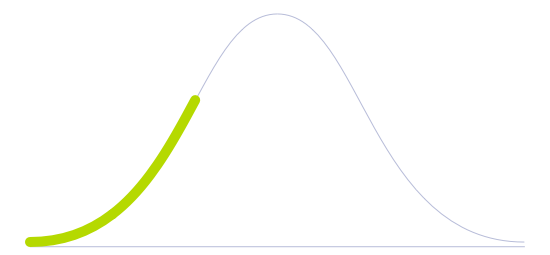Blockchain of Things

Technology Life Cycle
Marked by a rapid increase in technology adoption and market expansion. Innovations are refined, production costs decrease, and the technology gains widespread acceptance and use.

Technology Readiness Level (TRL)
Prototype is fully functional and ready for testing in industrially relevant environment.

Technology Diffusion
Embrace new technologies soon after Innovators. They often have significant influence within their social circles and help validate the practicality of innovations.

Blockchain of Things (BoT) is a technology that combines the benefits of blockchain and the Internet of Things (IoT) to create secure and decentralized systems. BoT enables IoT devices to interact with each other and with blockchain networks, providing secure data transfer, identity verification, and transaction management.
BoT works by integrating IoT devices with blockchain technology, where each device is assigned a unique digital identity stored on the blockchain network. This identity is used to authenticate the device and enable secure communication with other devices on the network. BoT also uses smart contracts, which are self-executing contracts that automate the verification and execution of transactions between devices. Smart contracts enable secure and transparent transactions without the need for intermediaries, reducing the risk of fraud and increasing efficiency.
This solution solves several problems faced by traditional IoT systems, such as security, privacy, and scalability. By using blockchain technology, BoT provides a secure and decentralized platform that eliminates the need for a centralized authority, reducing the risk of data breaches and cyber-attacks. BoT also enables secure data transfer and identity verification, which helps protect user privacy. Additionally, BoT can help improve scalability by reducing the need for data processing and storage on centralized servers, which can become a bottleneck for traditional IoT systems.
Overall, the Blockchain of Things is a promising technology that can enhance the security and efficiency of IoT systems, enabling new use cases and applications in various industries, such as supply chain management, smart homes, smart cities, energy, agriculture and healthcare.
Future Perspectives
With smart contracts able to automate the verification of transactions, there is no need for consumers or brands to build trust relations, which in the end, could ideally lead us to a future characterized by decentralized autonomous corporations and organizations. In other words, DAOs could represent a more prominent presence throughout all industries by securing the connection between autonomous vehicles, smart appliances, supply chains, and even energy markets. The application of blockchain on the IoT could be the ultimate means to disseminate new methods to secure data transactions and storage at the same time as monopolies are put at risk.
Image generated by Envisioning using Midjourney